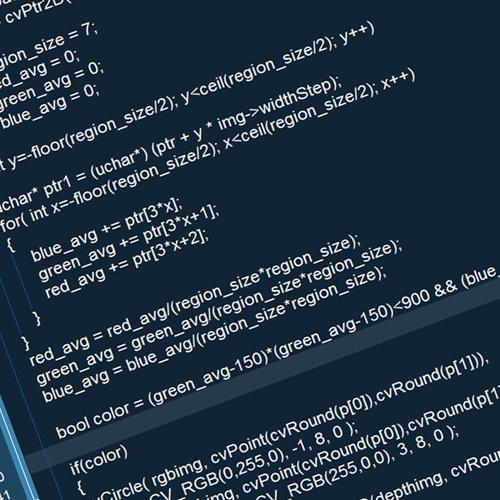One of the emerging IT architecture trends gaining popularity among data center operators of late is the software-defined data center approach. This style of facility brings a range of benefits for those within the industry, and is being hailed by many as the future of data centers.
What is a Software-Defined Data Center?
A software-defined data center is a structure specializing in the storage of data, just as many typical data centers do. However, a software-defined data center leverages completely virtualized systems which are then delivered as a service. This includes everything from networking to storage to CPU and information security.
There are three main characteristics that make up a software-defined data center: network, storage and server virtualization. In these arrangements, a virtual environment is established for improved utilization of available resources and reduced reliance and hardware components.
A software-defined data center allows clients to take advantage of on-demand services within an as-needed approach. Overall, a facility of this category is supported by intelligent software that virtualizes resources, gathers them to capacity and distributes them to different applications as they are needed. This essentially creates a personal, virtual data center for each customer.
How Can Operators Benefit from Software-defined Data Centers?
One of the top value props of the software-defined data center approach is the ability to better utilize available resources connected with networking and storage processes. Operators have the ability to gain a more complete picture of available capacity within a software-defined data center, and can eliminate silos separating storage and network interfaces and hardware.
Due to its design, a software-defined facility prevents the existence of underutilized equipment and ensures that all servers are leveraged efficiently. This can greatly bolster data center sustainability efforts, as using less systems at an increased level of utilization reduces both electricity and cooling costs.
Moving Data Center Into the Future: Data Challenges
As data centers continue to advance in response to increasing client needs, many experts are calling software-defined facilities the future of the data center market. In fact, Forrester stated that the abstraction of data center resources via a software-defined facility is the “future of infrastructure architecture.”
As more structures move toward this design, there are challenges that need to be addressed, including the rising data levels that are currently creating considerable market growth. Currently, about 50 to 70 percent of all on-premises servers are virtualized. However, this will not be enough to support future data growth, which is projected to reach 40 zetabytes within the next six years. For this reason, data center operators must work quickly to bring their facilities into the future by removing legacy hardware and establish virtualized environments to keep in step with growing data requirements.




